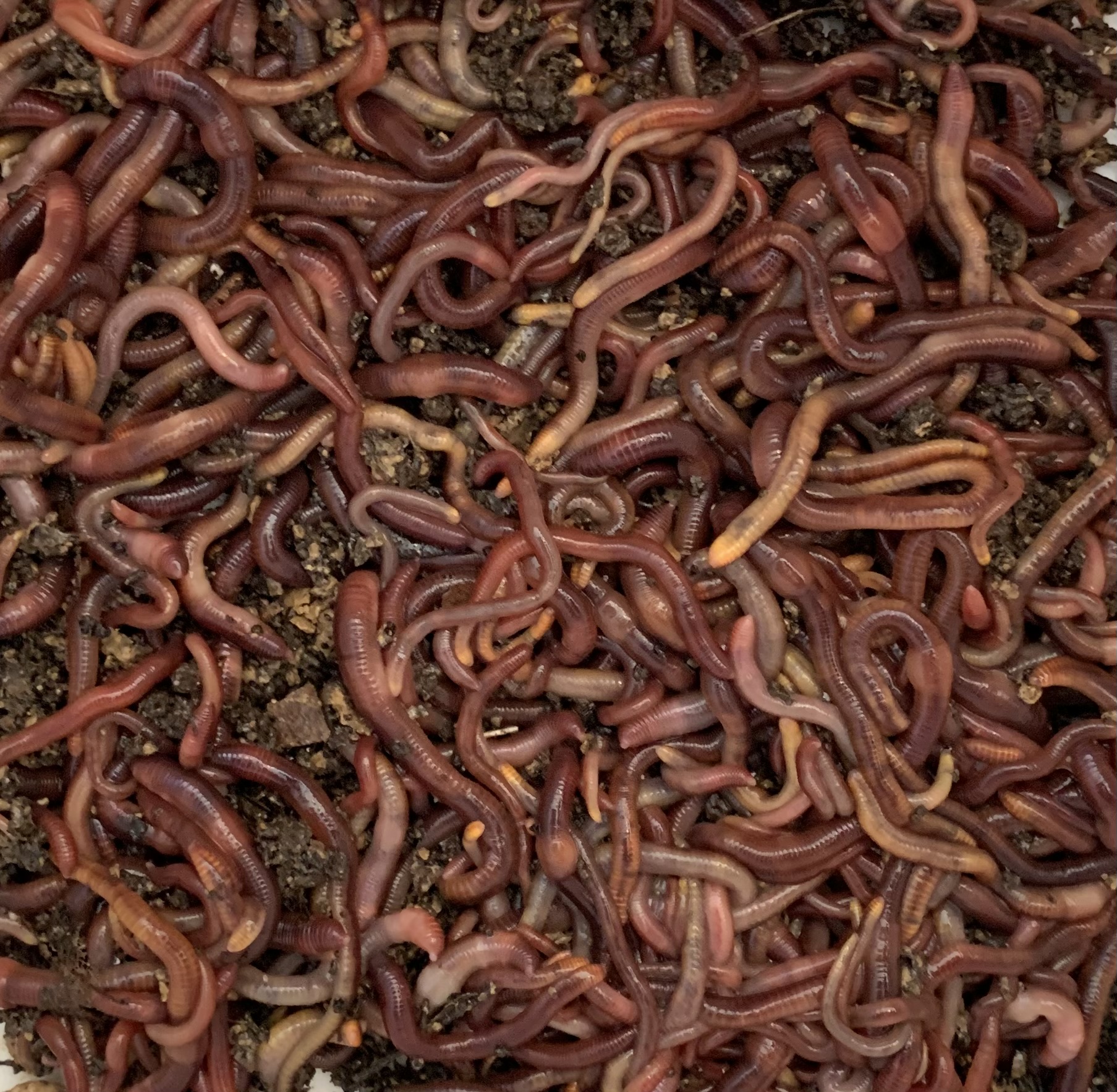The Basic Principles Of Red Wiggler Express
The Basic Principles Of Red Wiggler Express
Blog Article
Some Known Details About Red Wiggler Express
Table of ContentsNot known Details About Red Wiggler Express Red Wiggler Express Can Be Fun For AnyoneRed Wiggler Express Fundamentals ExplainedThe Definitive Guide for Red Wiggler ExpressMore About Red Wiggler Express
Some worm farmers actually hold back food and water to replicate drought problems and bump up cocoon production. We don't advise this for the home composter as it has the prospective to kill off also several of your best worms. Now that you know all concerning the red worm it's time to go out and find a great vendor and obtain a pound or 2 and begin your very own worm ranch.We'll chat about exactly how to preserve red wigglers and why they ought to be the go-to worm for a lot of composters. Fun fact: The "fetid" component of the binomial name refers to what some say is a foul-smelling secretion the red wiggler uses to fend off predators. The anatomy of a red wiggler appears like that of other usual earthworms; a long-segmented body starts at the sharp head and ends at a slightly-flatted tail.
The 4-Minute Rule for Red Wiggler Express
The digestive system system is easy, beginning at the mouth where the worm begins to eat its food before passing it on the throat. The pharynx is a muscular section which acts like a pump to pull food right into the mouth before pumping it out right into the esophagus. The esophagus is slim and thin-walled and acts as the "waiting area" for the gizzard.
Keep in mind: This need for grinding is why grit is advised in a worm container. The worm includes no native grinding capacity so the worm relies upon ingested grit to help grind its food in the gizzard. The belly is where the first chemical break down of food happens with the help of a protein-busting enzyme.

Within 42 days, these baby worms will certainly reach sexual maturation as confirmed by the appearance of the clitellum. A mature red wiggler can be expected to live between one to three years. The mighty red wiggler may sometimes be used as a bait worm for smaller fish or as a protein source for hens and reptiles.
See This Report about Red Wiggler Express
And as stated over, they are one of the most typical composting worm in the world. Why? Well there's most likely not just one factor. Rather, a mix of expense, hardiness, and comfort in a vast array of temperature levels makes it one of the most suitable composting worm for the majority of brand-new vermicomposters. Red wigglers and their cocoons can make it through in a vast array of conditions.
This is a common method amongst worm shippers who do not intend to run the risk of having the worms being in a hot or cold warehouse over the weekend. Worm farmers are not saving worms in a situation where they are all set to deliver. The worms must be gathered from their environment first, so farmers will often set a Friday or Saturday due date in order to harvest in time for a Monday delivery.
To conserve on shipping price, you might want to see if there are any type of nearby "Mama and Pop" stores via a Google search (Red Wigglers For Sale).
I call these the "Big 3" elements of worm container upkeep. If you keep all 3 within ideal ranges, then there's not * that * much that can go incorrect with your bin. As pointed out previously, red wigglers have a vast temperature level resistance. For ideal outcomes, maintain a temperature of 55F-90F. Short departures out of that temperature range are great.
How Red Wiggler Express can Save You Time, Stress, and Money.

For best results, you intend to fire for about 60-70% wetness degree. The most basic test for this is to squeeze a handful as tough as you can. At the best dampness degrees which is just under 70% that handful should barely produce one decline of fluid. pH in a worm container is rather easy to maintain.


The European Nightcrawler, the larger cousin of the red wiggler, is equally as starved and likewise produces a good lure worm. Yet it chooses a little a cooler environment than the red wiggler. The African Nightcrawler is an extremely large composting worm and makes a stunning, granular cast.
The Indian Blue is starved, yet additionally chooses a warmer climate and it additionally displays a tendency to get away the bin. The red wiggler is a hardy worm and isn't as fussy regarding its climate. I such as to call it the Ford Taurus of vermicomposting worms; you won't boast to your hardcore composting friends that you own them, yet they will offer you well.
About Red Wiggler Express
Surefire to life 1/2 pound of hand sorted Red Wigglers/Compost with worms (+500 worms) in various phases of life from cocoons to mature worms in their natural environment/bedding. Hand sorted worms reduced down on the disturbance of the worms therefore guaranteeing live shipment. Red wiggler worms do not such as vibrations or light.
Report this page